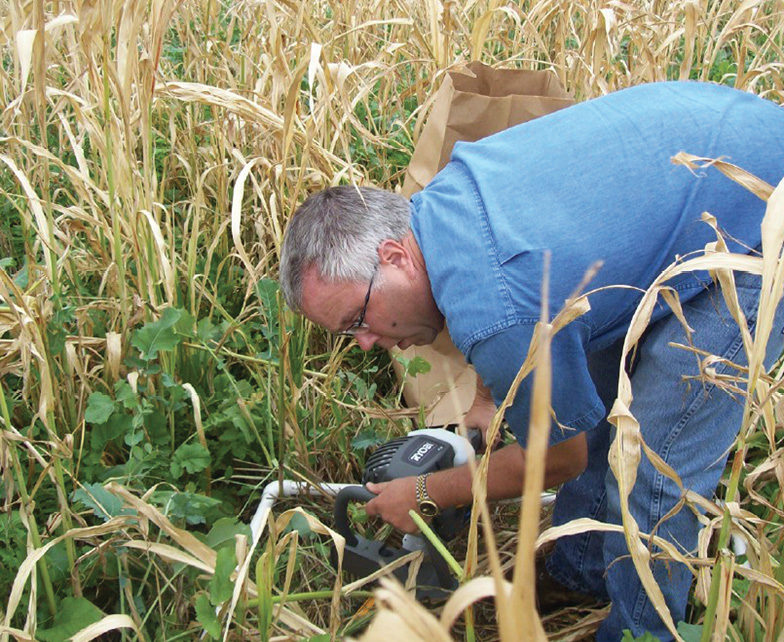No-Till Farmer
Get full access NOW to the most comprehensive, powerful and easy-to-use online resource for no-tillage practices. Just one good idea will pay for your subscription hundreds of times over.

Cover crops are the turbocharger of a no-till operation, but scientists and growers alike are still researching and fine-tuning how covers fit into crop rotations.
“Nobody is a real expert yet — we’re learning from each other,” says Jim Schneider, an educator for University of Nebraska Extension. “We do know that cover crops can help us accomplish a number of things, but they’re not all created equal. Different species have different benefits. What producers have to ask themselves is, ‘What’s my goal?’”
No-tillers use cover crops to increase and diversify soil biology, Schneider points out, but there’s a long list of more specific possibilities, including erosion control, nutrient cycling, nitrogen fixation, weed suppression, water management, alleviating compaction and more.
In general, if building residue is the target, grasses are the best choice. For nitrogen fixation, legumes are the ticket. And for dealing with compaction and pulling up nutrients from down deep in the soil, brassicas are tough to beat.
But there are other considerations.
“After you know why you need a cover crop, you have to determine if you can grow it in your environment,” Schneider says. “Can you manage it? Do you need to kill it before planting and, if so, how? What’s the seed cost? Will it affect the next crop in terms of being an insect host, or in other ways?
“It can be challenging to come up with the right recipe, but every producer knows his fields and where the shortcomings are. I think the real…